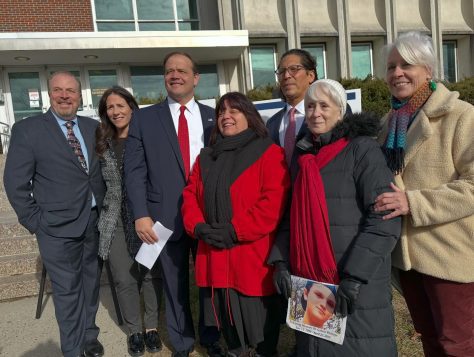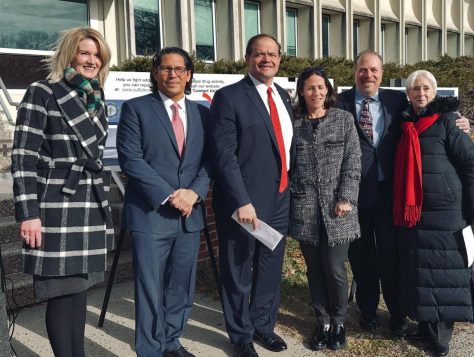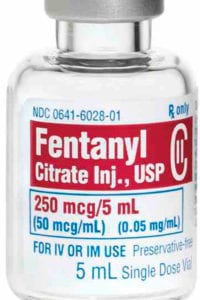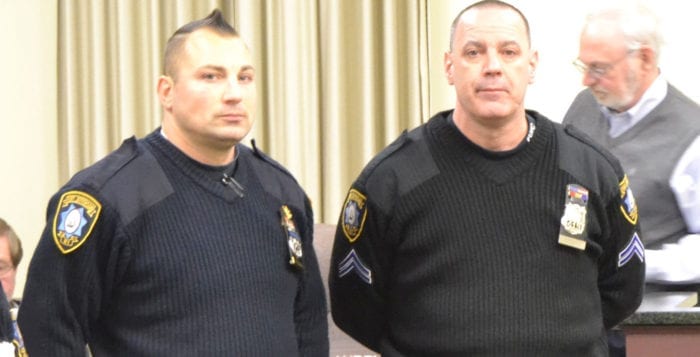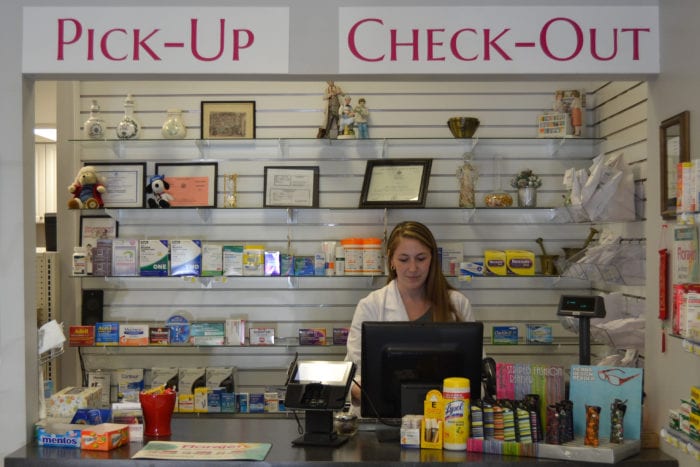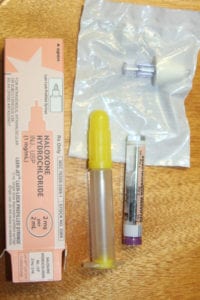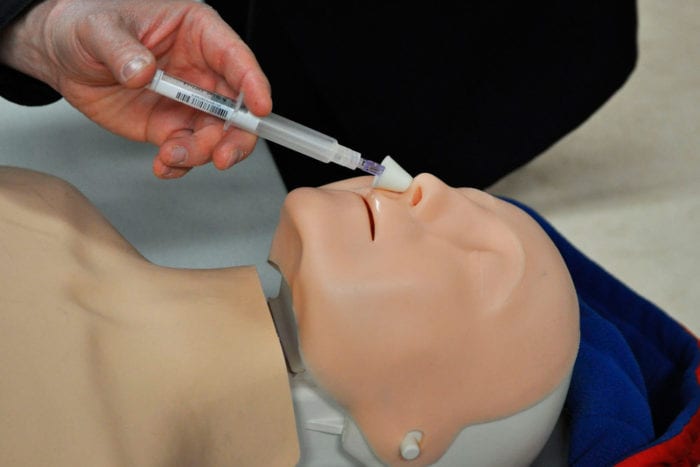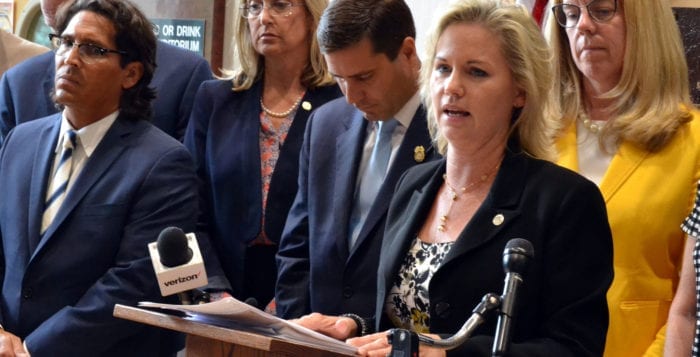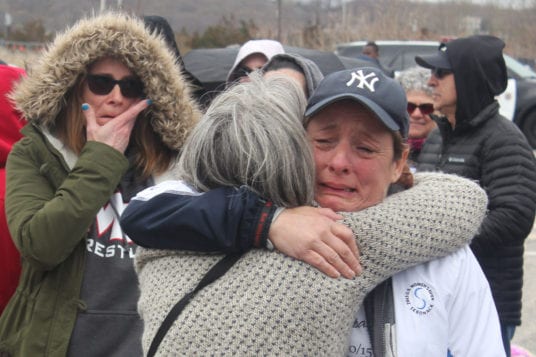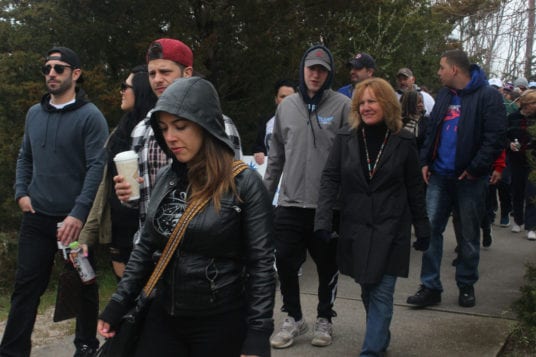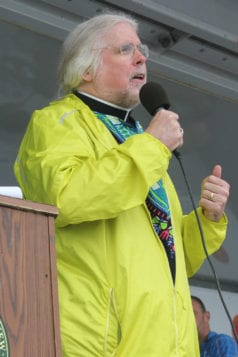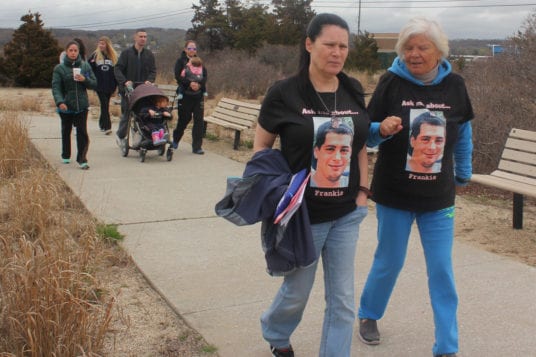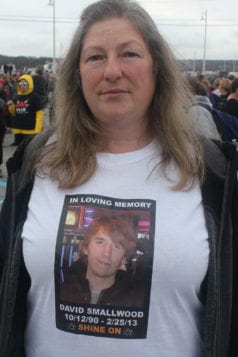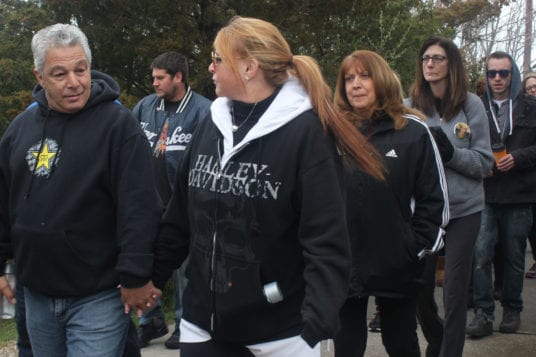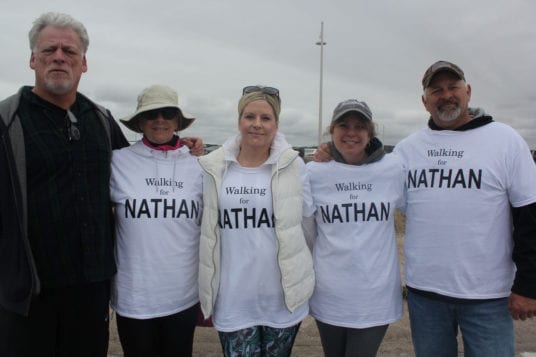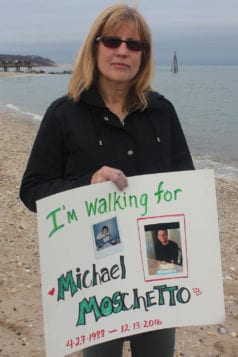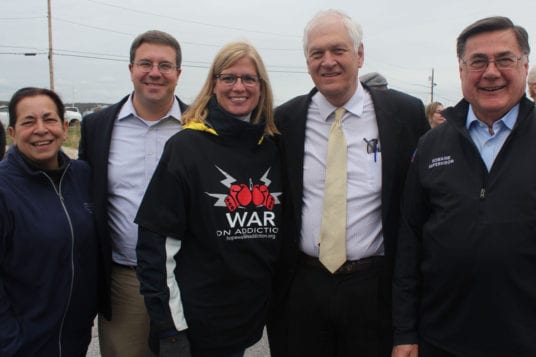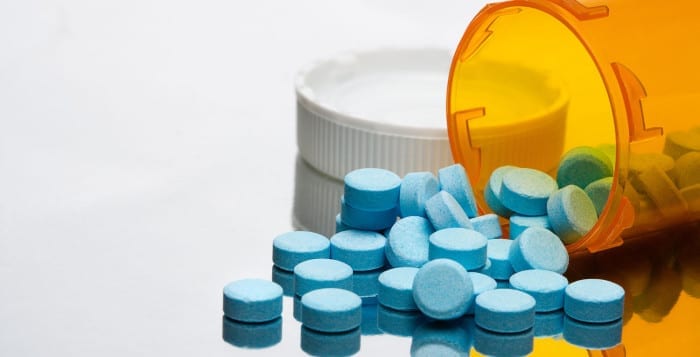Suffolk County District Attorney Raymond A. Tierney and Long Island Council on Alcoholism and Drug Dependance (LICADD) Executive Director Steven Chassman held a joint public service announcement on Dec. 14 to remind Suffolk County residents that, in light of the increased prevalence of overdose during the holiday season, there are reputable agencies in Long Island that can help those struggling with addiction as well as their families.
“Unfortunately, I spend many hours meeting with families who have lost loved ones to addiction or because somebody made the dangerous decision to get behind the wheel while under the influence of drugs or alcohol,” said District Attorney Tierney. “Their grief is immeasurable. Keeping our streets safe is of the utmost importance to me and this office. That is why my office has partnered with LICAAD to do this public service announcement because we understand how important it is to take a proactive approach to addressing the addiction crisis in this county. However, make no mistake, if you are selling illegal and dangerous substances in Suffolk County, profiting off the backs of those suffering from substance use disorder and other addictions, we will prosecute you.”
“LICADD realizes that substance use disorder (SUD) is a disease that needs to be treated like any other,” said Steve Chassman LCSW, CASAC, Executive Director of LICADD. “While our clients need to be held responsible for their actions for public safety, the best thing they or their family can do is seek help before destructive decisions are made. LICADD is here 24/7/365 to support those with SUD during the stressful holiday season.”
District Attorney Tierney believes Suffolk County can be kept safe by utilizing aggressive prosecutions of drug dealers that prey on our vulnerable citizens, but also by spreading the word that there is help out there for those who are suffering. For those suffering from addiction and mental health co-occurring disorders, the Suffolk County District Attorney’s Office urges you to make a phone call to one of the many treatment and prevention resources that the county has to offer. There is help.
Help us fight addiction. You can always contact the SCPD if you suspect illegal drug activity. However, you can also report it anonymously through our website at: www.suffolkcountyny.gov under the “Contact Us” tab then Click on “Contact the DA.”
The Long Island Council on Alcoholism and Drug Dependence is a non-profit organization with offices in Hauppauge and Westbury whose mission is to address the addictive climate of our times by providing initial attention and referral services to individuals, families, and children, through intervention, education, and professional guidance to overcome the ravages of alcohol and other substance-use related problems. If you are or know of anyone who is experiencing an alcohol and/or substance-use related issue and need help, please call LICADD’s 24-hour hotline at 631- 979-1700.

